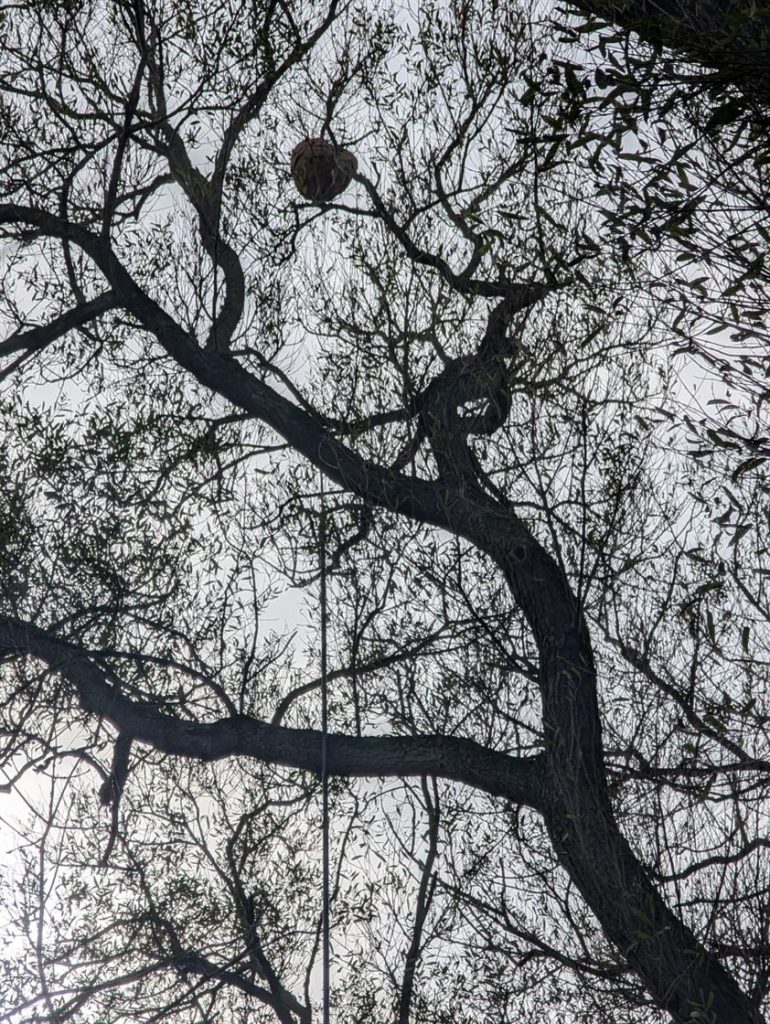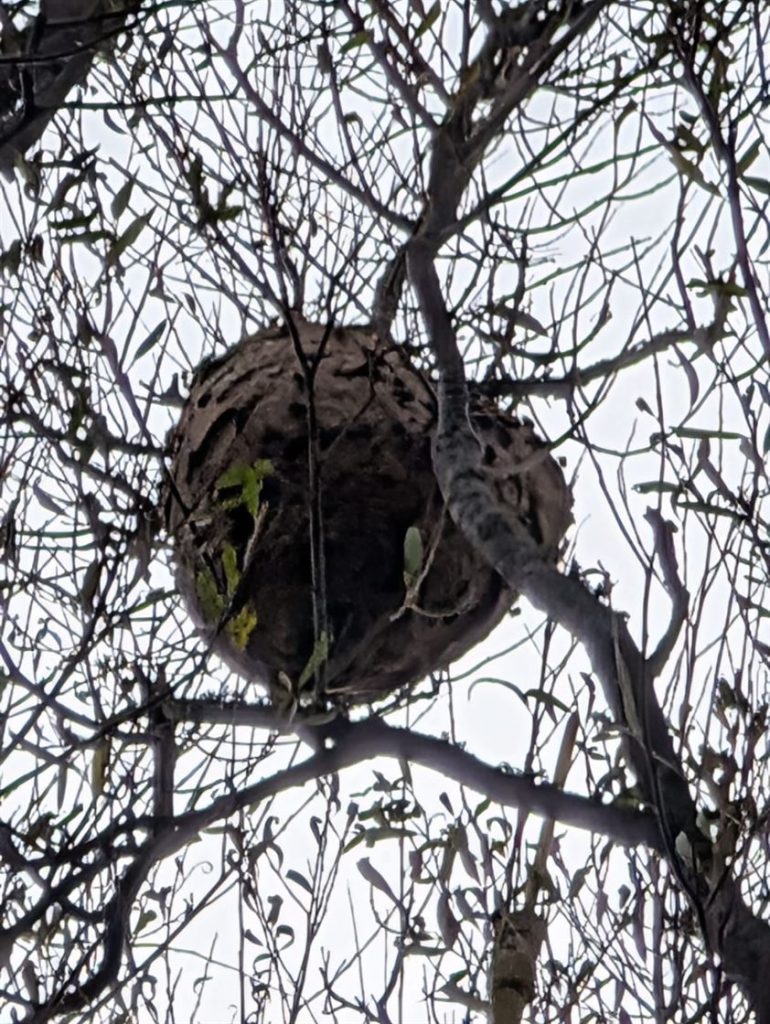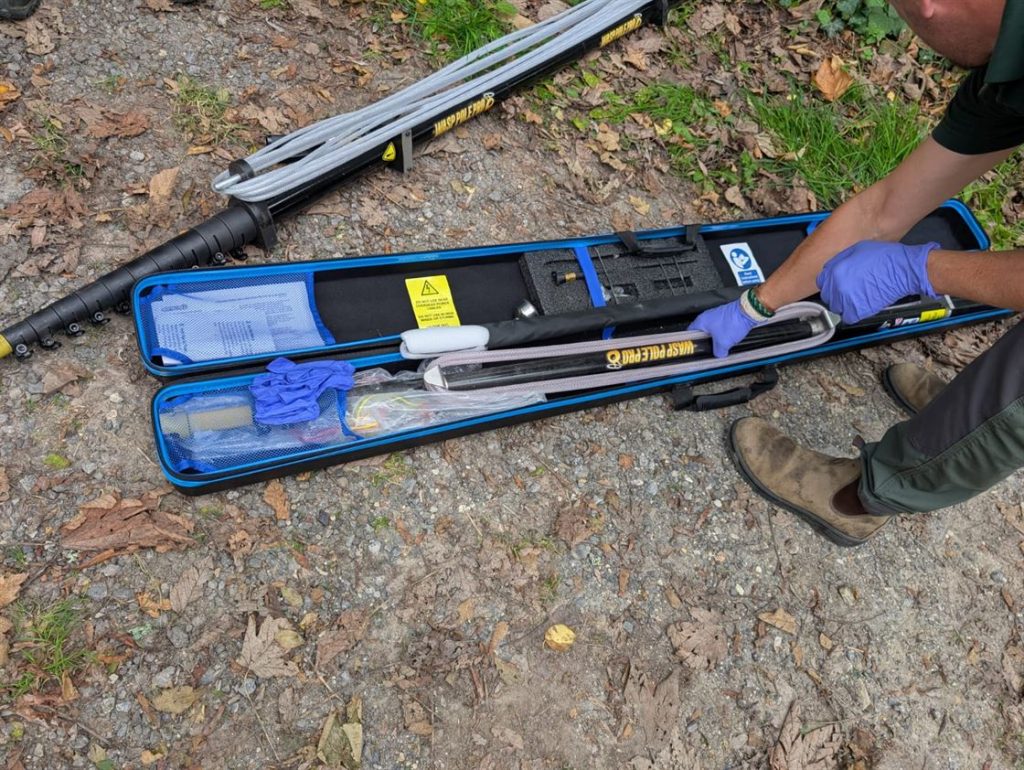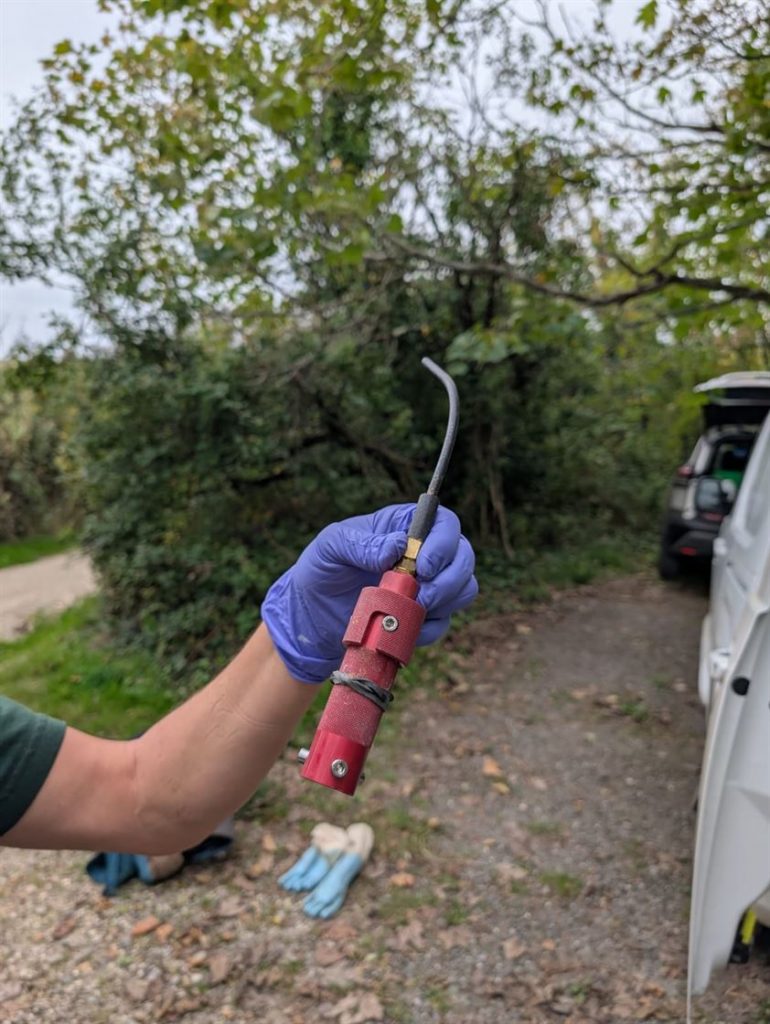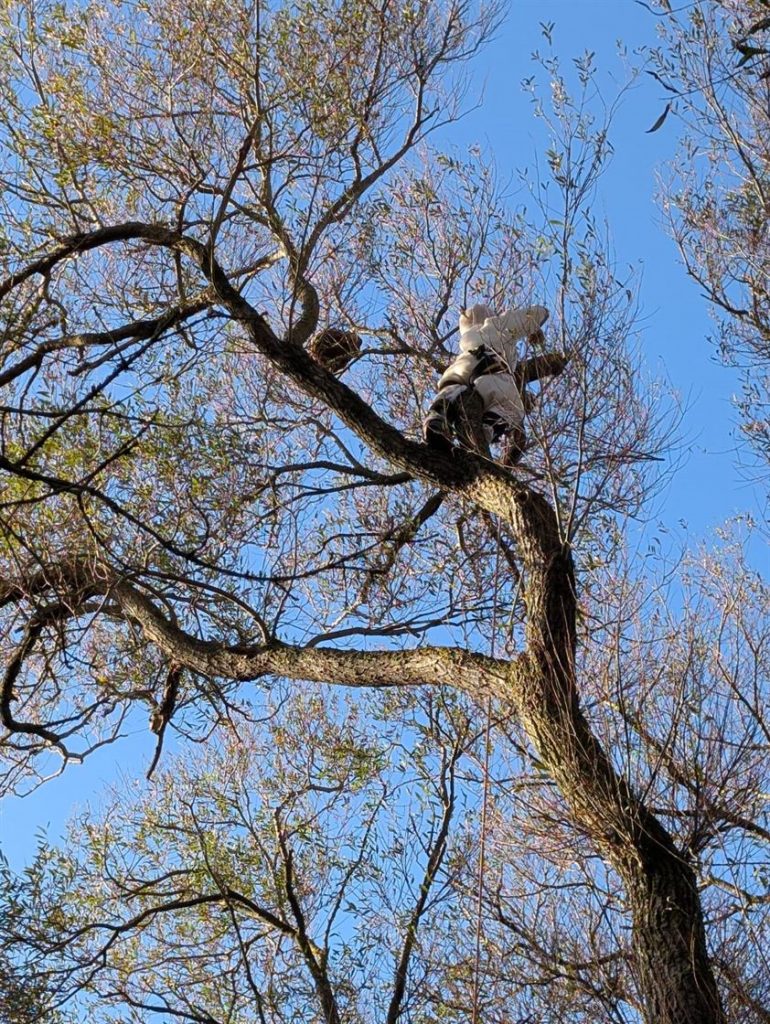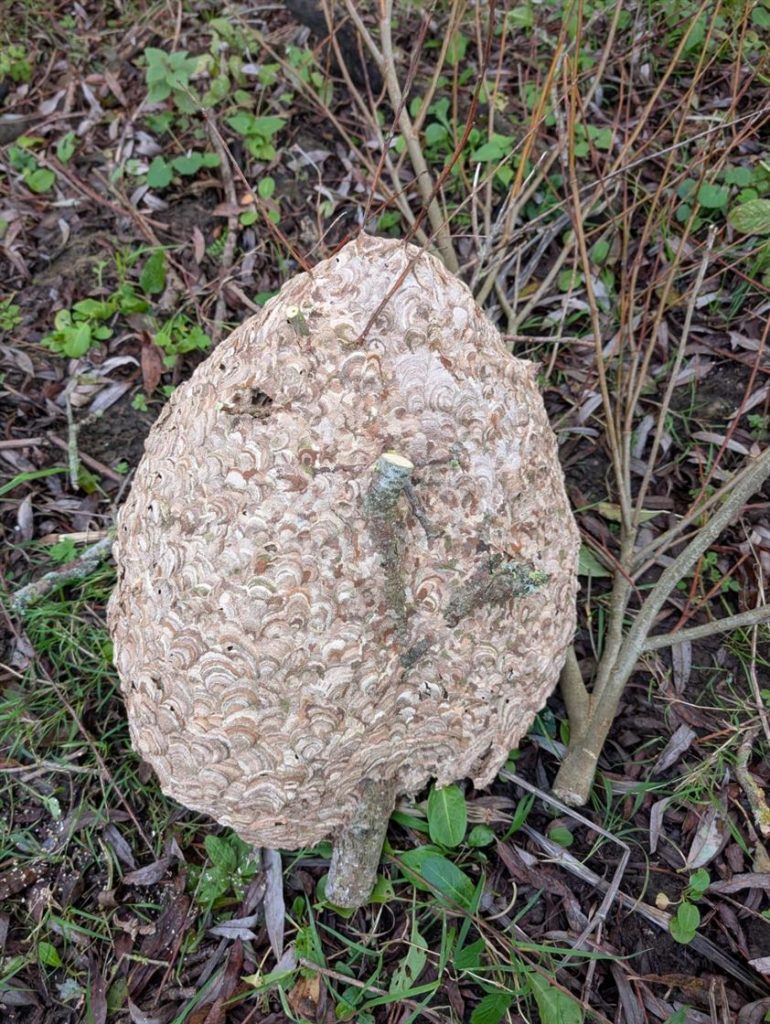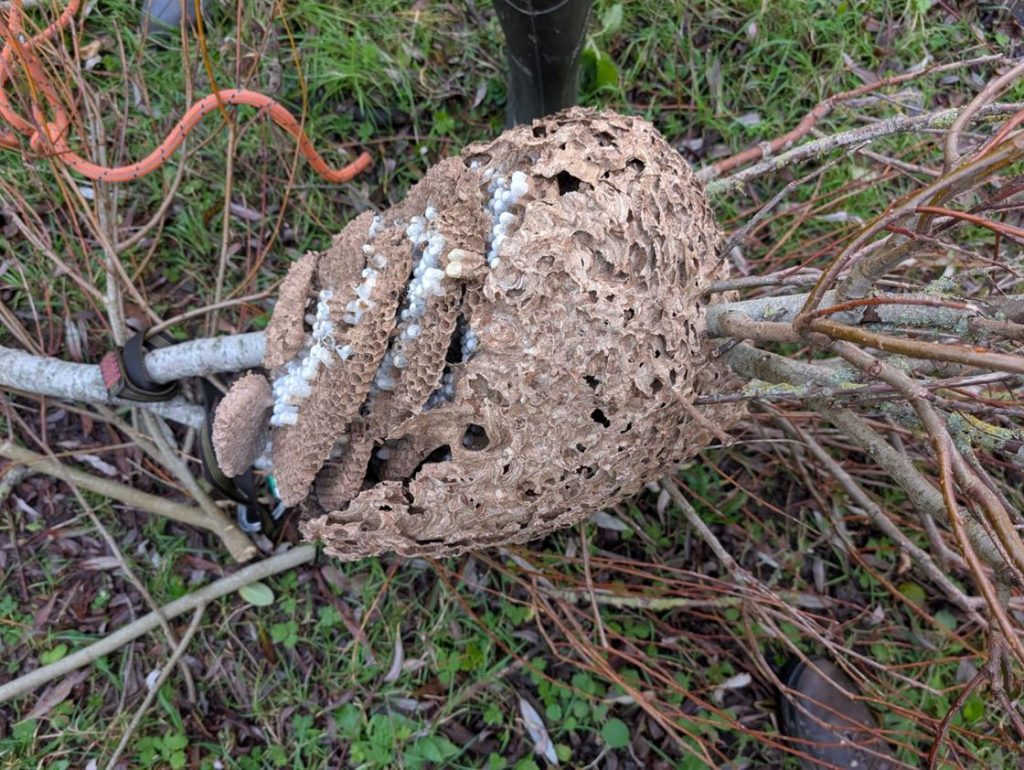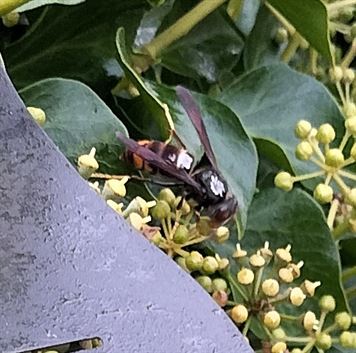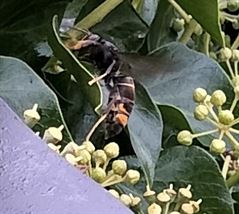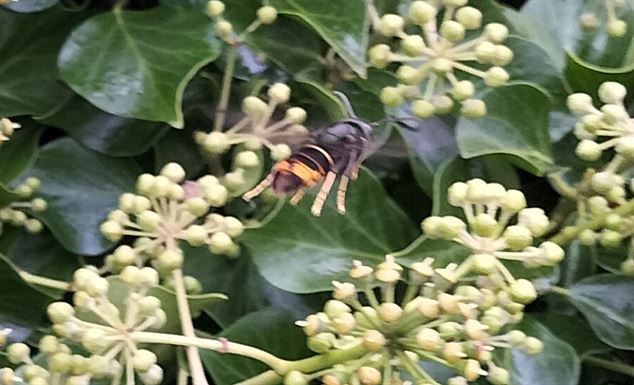With the bees now dormant we can all sit back a bit and enjoy each other's company in convivial surroundings wearing comfy clothes - not bee suits.
I am referring to two events coming up in the next few weeks and one for next year.
The first is a talk by Kevin Pope. If you have not heard Kevin speak before let me tell you he is always entertaining and very knowledgeable. The talk is on Wednesday 19th November at the Colliton Club in Dorchester at 7pm. He will be talking about Tropilaelaps. If you don't come for any other reason then it is worth turning up to hear how to pronounce it!
Tropilaeplaps is a pest which is smaller than varroa, moves faster than varroa and breeds faster than varroa. Some say it is a bigger threat to our bees than varroa. If you want to know more then be there on Wednesday - it will be worth listening to.
The other upcoming event to which I should draw your attention is the Christmas Social. This too will be at the Colliton Club but on Thursday 4th December. Again this is an opportunity to see fellow beekeepers eye to eye and not through two veils.
At the Christmas Social there will be food and drinks - though you will be buying your own drinks. There will also be a quiz with points for correct answers - and we all know what points mean!
Looking even further ahead there will be a Zoom talk on Wednesday 4th February 2026. The talk will be by David Evans from The Apiarist and the subject will be "Rational Varroa Control".
I hope to see you at these events.

